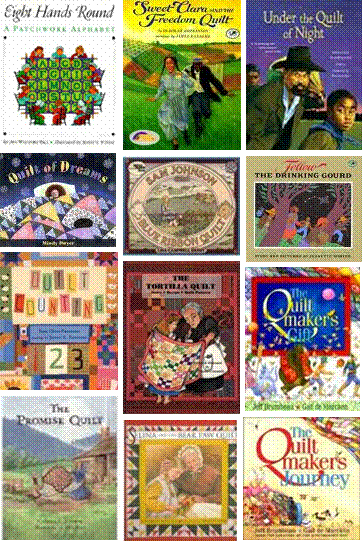Quilting books offer a good interdisciplinary introduction to the mathematics of quilting. Consider using some of these books, as appropriate, to introduce students to the richness of quilting patterns and color. Subsequent mathematical activities will introduce students to the geometric shapes and tessellations inherent in quilt blocks.
Quilting Books
Quilting is a folk craft that crosses all times and cultures. Some books discuss the traditional American patchwork quilt and its sentimental value to families. Quilts offer a great opportunity to include multicultural topics to discuss mathematics and the contribution different cultures have made to this art form.
If it is true that mathematics is the study of patterns, then quilting offers a rich tapestry for this study. Students of all ages learn to appreciate the mathematical patterns found in traditional quilting designs. These books enhance the mathematics with heartwarming stories of how quilts truly are the fabric of our lives.
See Mathwire's list of books about quilting. Most of these books are readily available in school and/or neighborhood libraries. Select books that coordinate with literature or social studies units for an interdisciplinary approach.



No comments:
Post a Comment